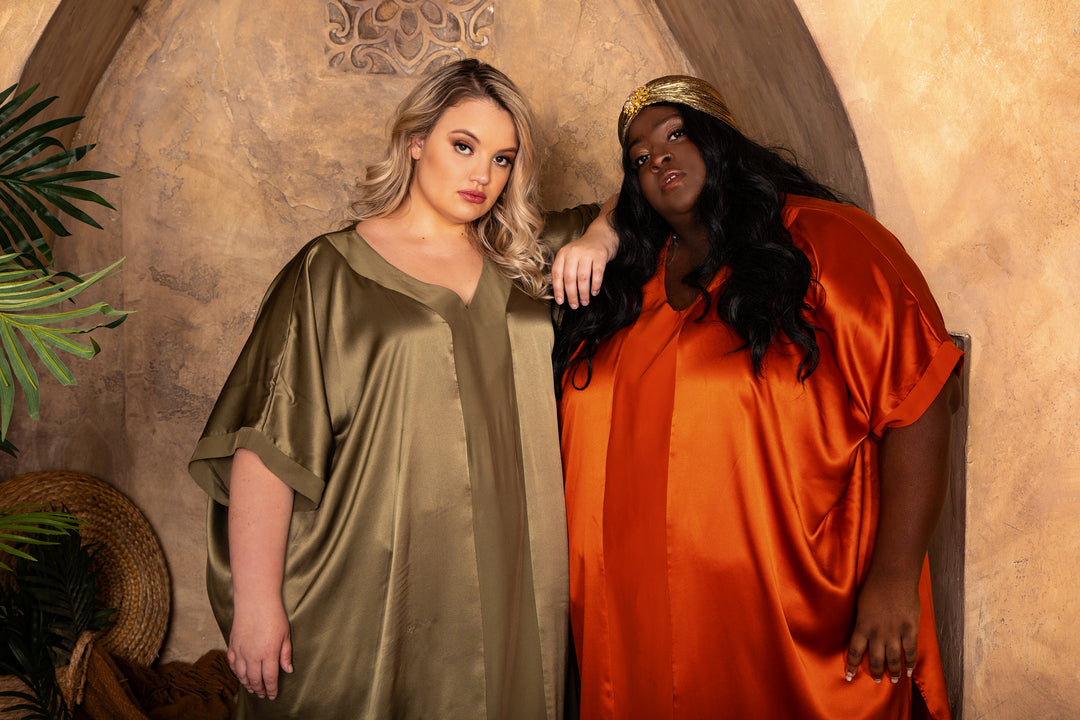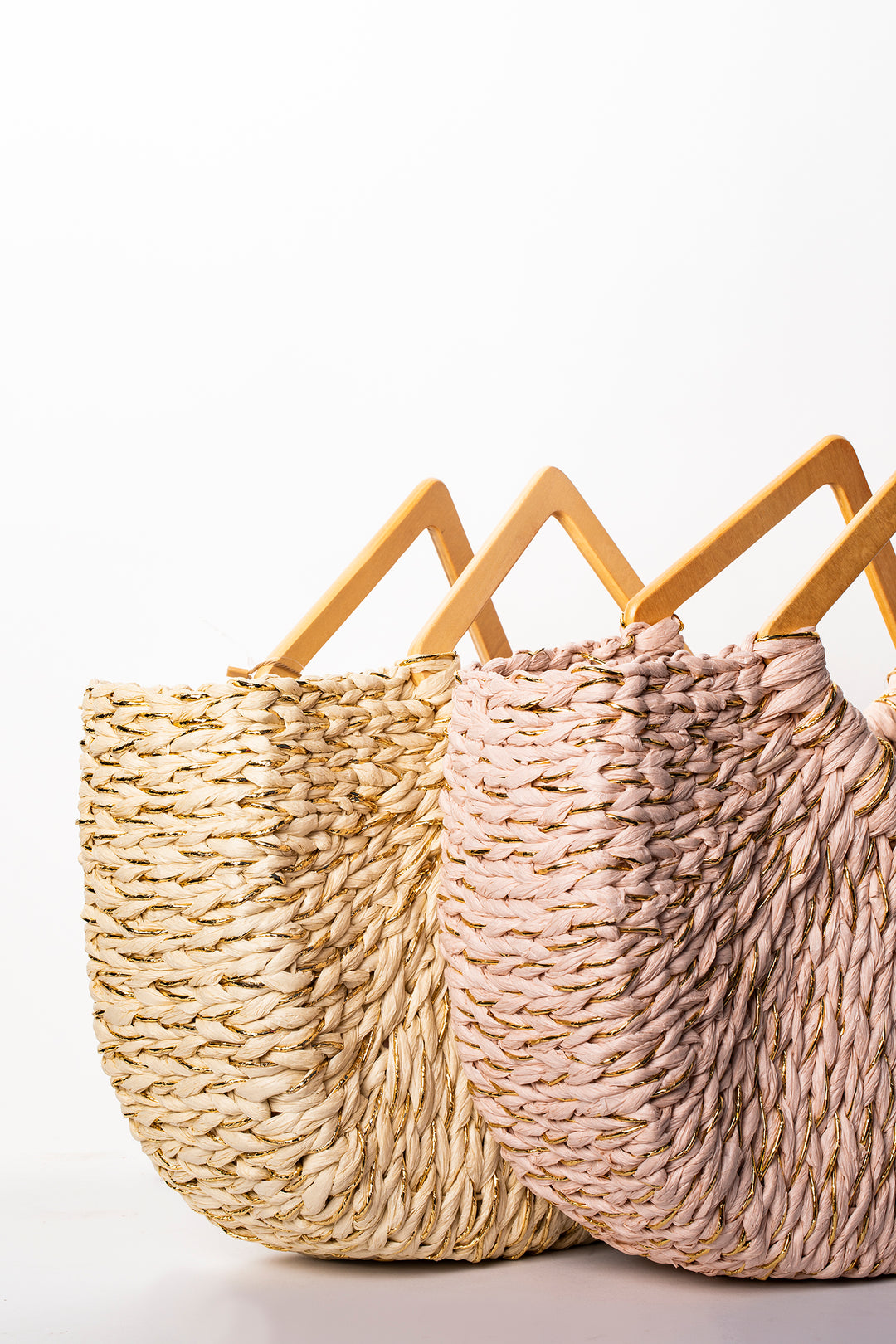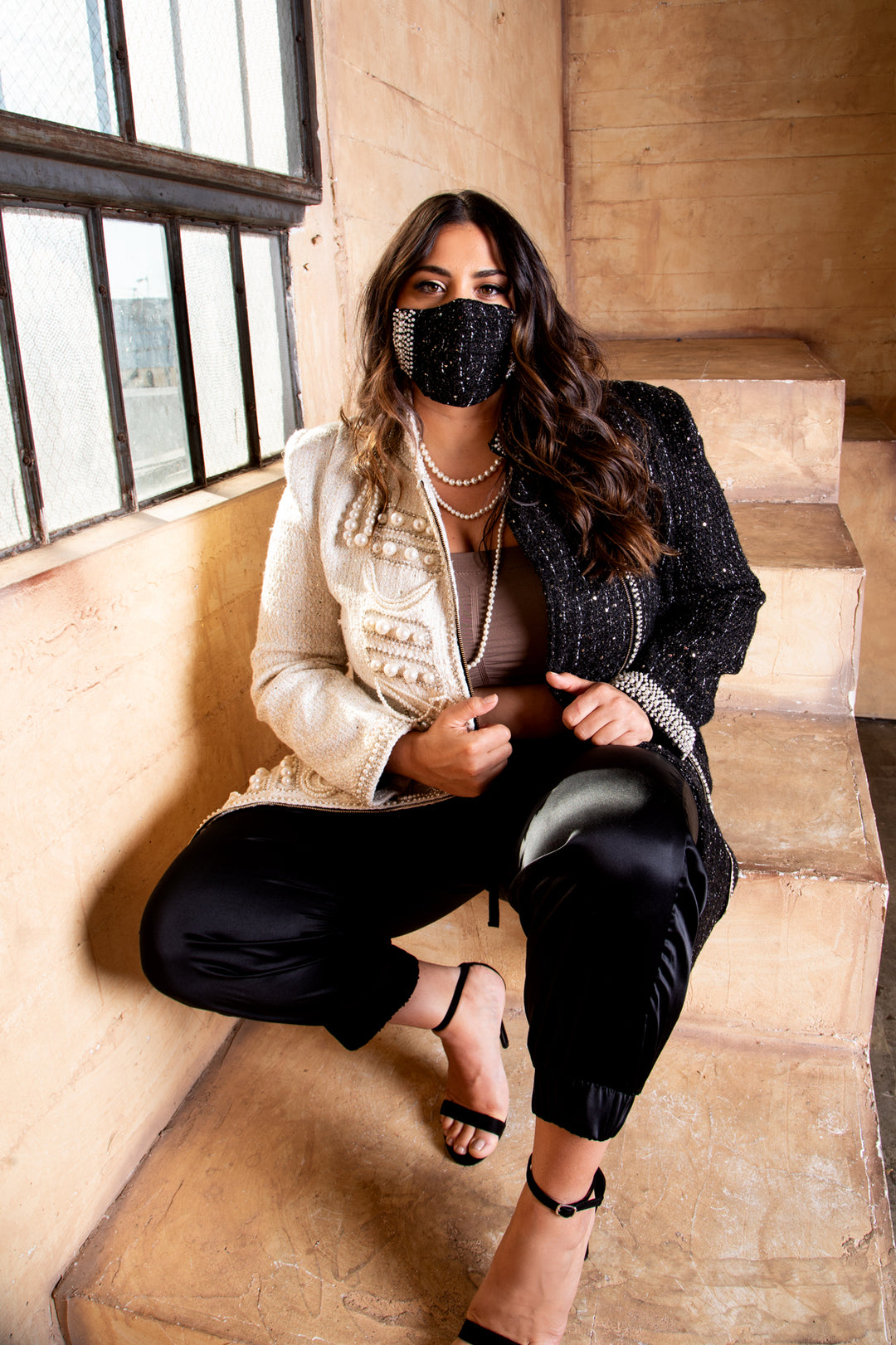Why is silk so special?
Sante Grace indulges my love of silk. Whether its 18 momie, Habatai, chiffon, charmeuse, or raw you'll find it at Sante Grace. Here's an article from Lalouette.com that explains the wonders of silk better than I can.
There’s no fabric so loved and luxurious as silk. From Chinese empresses to Roman royalty, silk’s been known as the queen of fibers for thousands of years. But why is it that silk is such a prized fabric? This article lists six timeless characteristics of silk. These qualities help explain why silk has always been such a popular fabric.
It’s Naturally Hypoallergenic (and Good for Your Skin!)
Silk is hypoallergenic, and thus a great choice of fabric for those with asthma, allergies, or sensitive skin. A tiny percentage of people are allergic to silk itself. Silk can help people ease their sensitivities, as it naturally wards off some of the world’s most common allergens, like dust mites and mold.
Silk is derived from the silkworm cocoons spun by silkworms. Silkworm cocoons are naturally designed to shield the worm from common predators and dangers, such as mites and fungus growth. Silk primarily consists of a protein called sericin, which organically repels lots of common allergens. Silk is also resistant to the growth of mildew, mold, and fungi, which are common irritants to us humans.
Other than being the most hypoallergenic of all fabrics, silk also won’t irritate sensitive skin. Silk is excellent at keeping your skin hydrated and plump. Silk fabrics have insulating properties, which keeps moisture close to the skin. This decreases your skin’s loss of moisture. Silk fibers are also very smooth in texture, so silk won’t rub on and irritate your skin. These are some of the main reasons why silk pillowcases and sleeping masks have become so popular in recent years. Sleeping on silk can keep your silk hydrated and looking radiant. Other common fabrics like cotton tend to absorb the moisture from your skin, leaving your skin dry.
It’s Recyclable and Biodegradable
The fashion industry is a major contributor to global warming. Clothing made out of synthetic materials is generally not recyclable or biodegradable and thus ends up in landfills around the world. Clothing in landfills releases methane, a harmful greenhouse gas, when composing. If you’d like to do your part in reducing landfills, you can opt for clothes made from natural fibers such as silk, as these are durable, have a low environmental impact, and can be recycled.
Silk is a natural material that is very biodegradable. A biodegradable fabric is a fabric that can be broken down by bacteria alone over time. Clothing made from natural fibers like silk, cashmere, cotton, hemp, and wool naturally breaks down with time. It takes about 1 to 5 years for a fabric made out of 100% silk to decompose, depending on the conditions. This is much faster than the time it takes for synthetic textiles to break down. Polyester, for example, can take up to 200 years to decompose. Polyester is often used to make imitation silk, marketed as just ‘satin’.
After its useful life, silk fabrics can find new purpose as soil or mulch. Silk is compostable, so you’re able to turn your old silk clothing into compost eventually. This process takes some time and patience, but can easily be done in your backyard. All you need to do to turn silk clothing into compost is to shred it up into small pieces, remove any tags or buttons (anything that cannot biodegrade), and toss it into your compost pile or bury it under some soil. You can add worms to your fertilizer or use a ‘hot compost’ to speed up the composting process. Then all you need is patience, as you let nature work its magic.
It Warms You Up in the Winter
Silk is one of the most insulating natural fibers. This means that silk clothing is great at keeping you warm. Silk also has an incredible warmth-to-thickness ratio. Even a thin and lightweight silk fabric can keep you warm when worn close to the skin. This is why silk fabrics are a popular choice for insulating clothing, especially undergarments.
Silk is such a thin and compact fabric that insulating clothes made out of silk can be worn even under the tightest clothes, such as skinny jeans and leggings. This makes silk clothing the perfect base layer when layering clothes in the winter to keep warm. As an added benefit, silk clothing is also perfect for traveling, as it barely takes up any space or weight in your suitcase.
To explain why silk can be so good at keeping you warm, we need to take a closer look at its structure. Silk is a natural protein fiber that is derived from the silkworm cocoon. Silkworms spin their cocoons using a single silk thread, which can be up to 1.6 kilometers in length. Humans (or machines) unravel these cocoons during the silk production process. When making silk, raw silk fibers also undergo a process called ‘degumming’, which makes the silk threads even smoother and softer. The final result is a very smooth and long silk thread. Unlike wool, there is no fuzz present on a silk fiber.
Thanks to this smoothness, silk threads can be woven very tightly. In a tight weave, each strand of silk is woven very close to the next one. The tighter the weave, the more insulating the fabric. A tightly woven silk clothing item helps trap your natural body heat next to your skin. The combination of silk fabric’s tight weave, along with its natural properties, makes for a very insulating fabric that can keep you warm in the winter.
It Keeps You Cool in the Summer
Other than keeping you warm in the winter, silk clothing can also keep you cool in the summer. Silk is capable of absorbing anywhere between 10-30 percent of its weight in moisture. This makes silk a moderately breathable fabric. Silk is also very lightweight and thin, which is a great help in keeping you cool. Loose-fitting silk clothes and accessories like silk scarves are great to wear in the summer.
While silk is a breathable fabric, animal (protein) fibers like silk and wool are not as absorbent as vegetable (cellulose) fibers like cotton. This means that silk cannot absorb large amounts of sweat. When wearing silk clothing in tropical climates, we recommend wearing loose silk clothing items such as scarves, tank tops, and maxi dresses, to avoid sweating. Tight silk clothing that is worn close to the skin, like silk underwear, can make you sweat in the summer heat, as silk is also a great insulator.
It’s Strong and Durable
There’s a reason why good quality silk can last a lifetime. For a fabric so thin and lightweight, silk is extremely strong. Silk thread is so strong that it’s four times tougher than a steel thread of the same thickness. Hundreds of years ago, the Mongolians even made armor out of silk. Silk vests made out of many layers of quilted silk were used to dampen the impact of arrows sinking into the skin. Silk is not only strong but also has great elasticity and excellent resilience. Thanks to these valuable qualities, for a long time silk was the fabric of choice when manufacturing parachutes.
It’s Luxurious, Shiny and Soft
Other than being a durable fabric that’s not only good for the environment but also your skin, silk is simply beautiful to look at. There is no other fabric on this earth that can compare to silk’s luxurious appearance and feel.
Silk fabrics have a beautiful sheen, thanks to the triangular prism-like structure of the silk fiber. The shape of a silk fiber refracts light at different angles, which gives it a shimmering appearance. The shine of a silk fabric also depends on the weaving or production method used on the silk. Silk is a wonderfully versatile material, which can be woven into many different weaves. Some popular weaves include satin, chiffon, twill, and crepe. Each of these weaves gives the silk a different and distinct look. Silk satin, also called silk charmeuse, is the glossiest of the weaves.
Silk also has other qualities that are ideal for the fashion industry. For example, silk clothing has vibrant colors, as silk can very easily absorb dyes. Silk also has a beautiful drape that can be used to create beautiful gowns and other designs. Its beautiful drape makes silk clothing flattering on the body.
Thanks to these six timeless qualities, it’s likely that silk will always remain the most loved natural fiber (if not the most loved of all fibers!). Silk has made us feel comfortable and beautiful for thousands of years, and there’s still no other fabric that is able to rival this.








Leave a comment